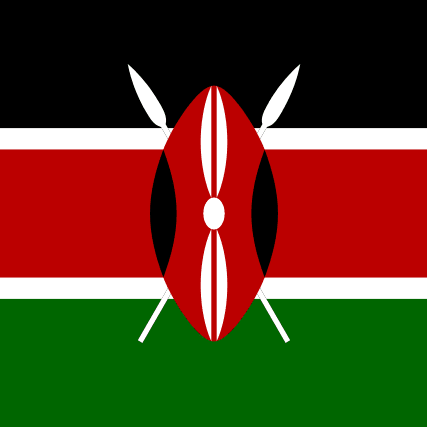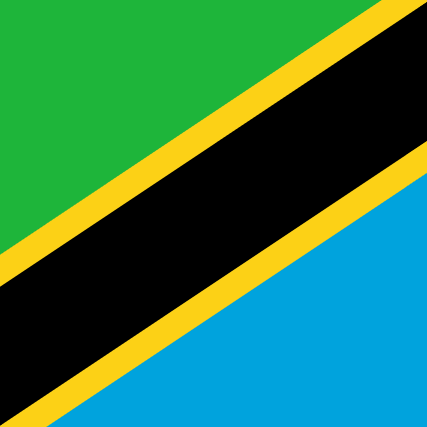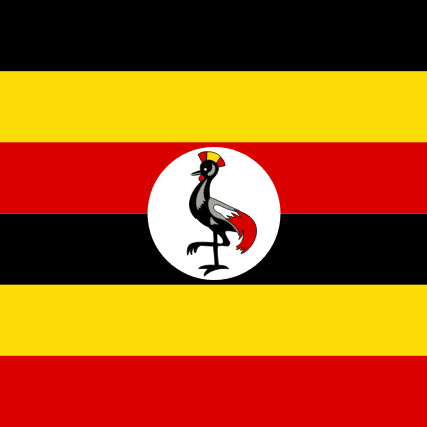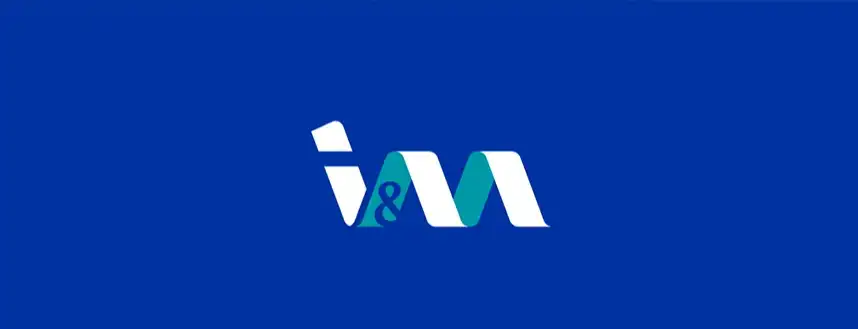It gives us great pleasure to be on this new and exciting journey as we unveil a new brand identity for I&M Bank on all our digital channels.
This new digital brand identity is OUR CUSTOMERS CHOICE! We asked our customers a few months back for their valued opinion on how the future I&M Bank brand should look like and it was their majority preference that prevailed in our choice of how the digital I&M Bank logo would look like. We appreciate our customers for caring about I&M Bank.
So why are we refreshing our digital look? The I&M Group has over the years achieved many milestones all aimed at fulfilling our purpose To be partners of growth for all our stakeholders – customers, shareholders, employees and the community.
We have grown our footprint in 4 countries (Rwanda, Mauritius, Tanzania and Kenya) and are now planning our expansion into Uganda. Through the Bank’s digital innovation engine, we have delivered and will continue to add on market-driven solutions and robust IT systems geared to giving you a seamless banking experience as you interact with our technology-driven products and services. In addition, last year, the Bank was ranked as a Tier 1 or Large category bank which is humbly attributed to your continued belief in us and our solutions.
As the Bank continues its growth trajectory and while we appreciate the strength of the I&M brand as it stands currently, we feel that it is time to change our brand look to embody the growth that we have achieved over the years and the vibrant progressive future that we aspire to grow towards.
We are therefore now changing the I&M Bank logo and brand colours to a more vibrant look on different digital facets of the brand, which we believe will continue to build the Bank’s brand value.
This new look will now be applied on all our digital platforms i.e. website, social media pages, ATMs, mobile and internet banking. We will gradually extend this new logo and brand colours to our branches in the coming year.
The new brand visual identity, is an evolution of the old logo that draws inspiration from a DNA strand. This signifies a seamless transformation of the old I&M logo, to represent the stability of the I&M Group in spite of change in perspective and growth over time. Through this new look, we would like to reaffirm our commitment to be your financial growth partner driven by our brand promise to you – We are on your side. This new identity will help us live through the Bank’s values namely: Mutual Trust, Innovation and Fairness, that form the pillars to meeting your financial and lifestyle requirements.
Our new brand identity also underlines the Bank’s continued focus on customer centricity and we would like to reassure our customers that we shall continue to service them with utmost professionalism, through delivery of consistent and reliable levels of customer service and delivery of innovative market-driven solutions. We therefore hope that even with this new identity, our customers shall continue to build your loyalty and trust in the Bank and its financial solutions.
We do not take our customers support for granted and continually strive to be worthy of the trust bestowed on us to be their financial growth partner.















